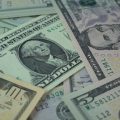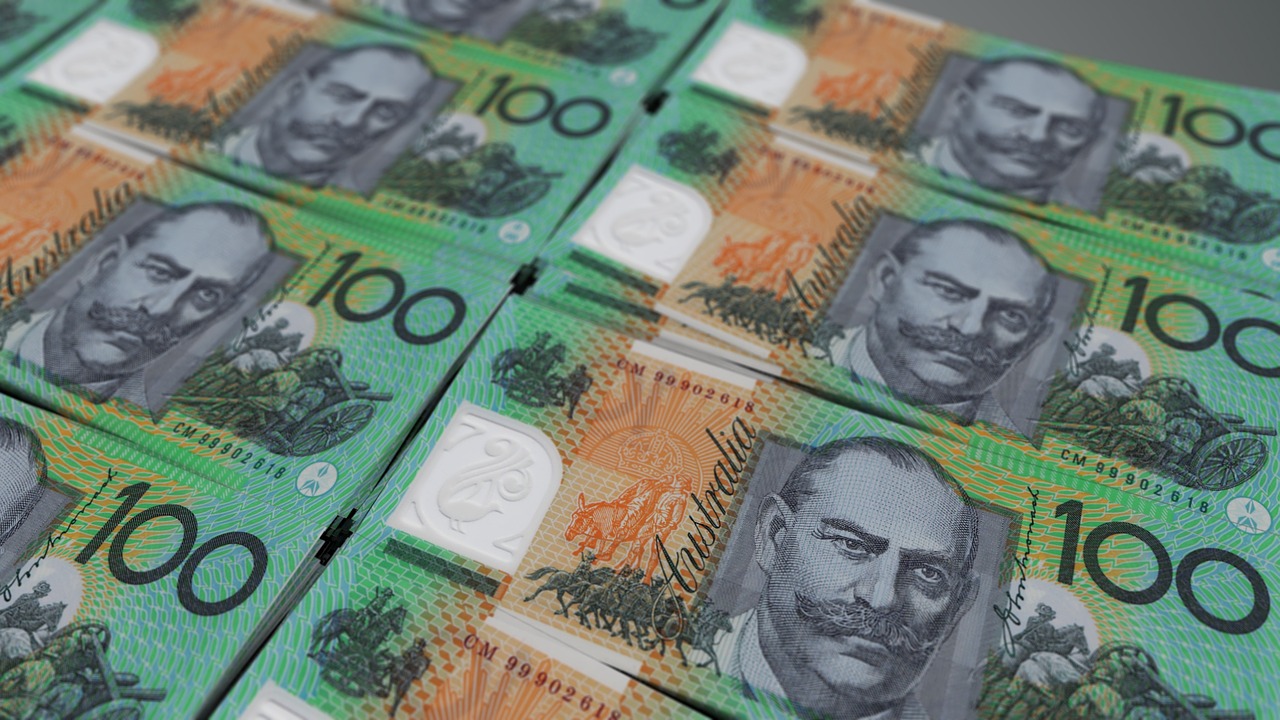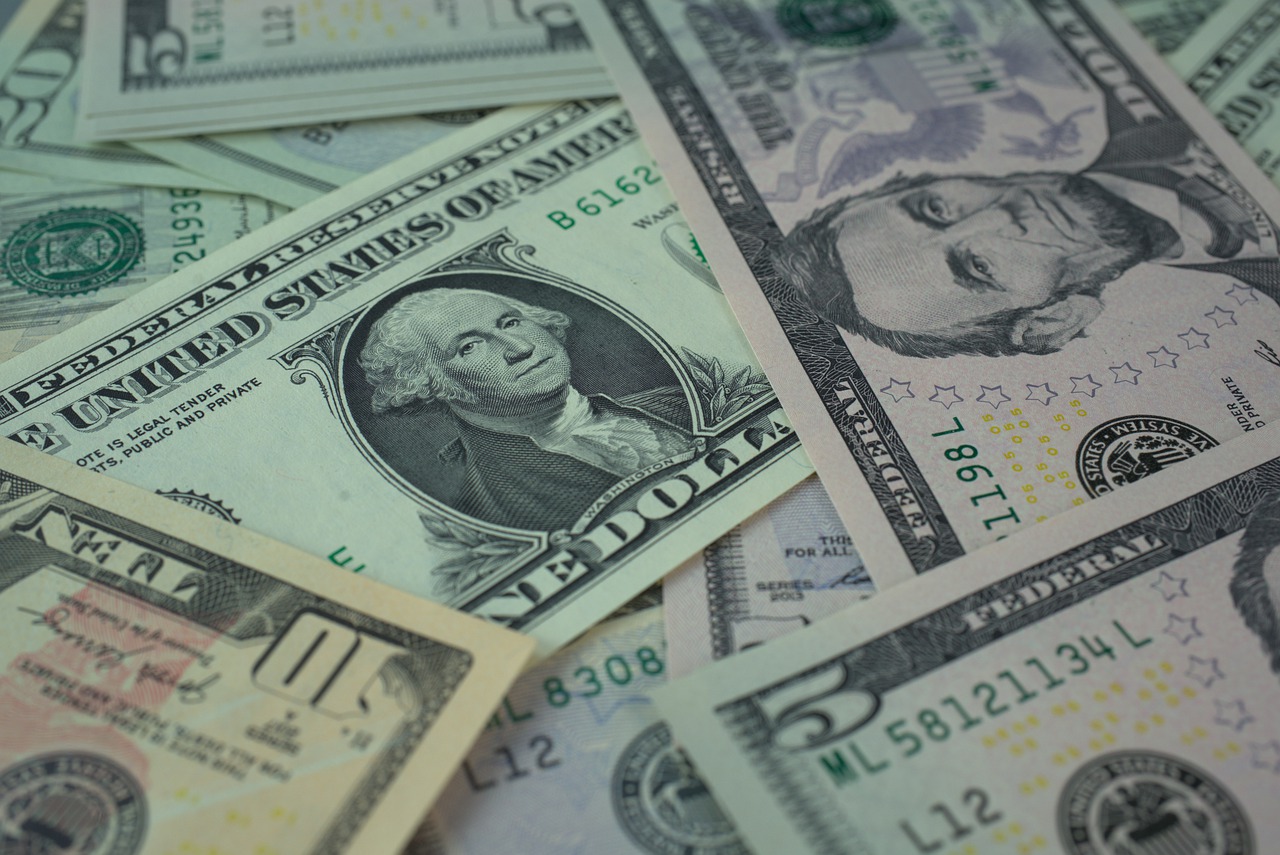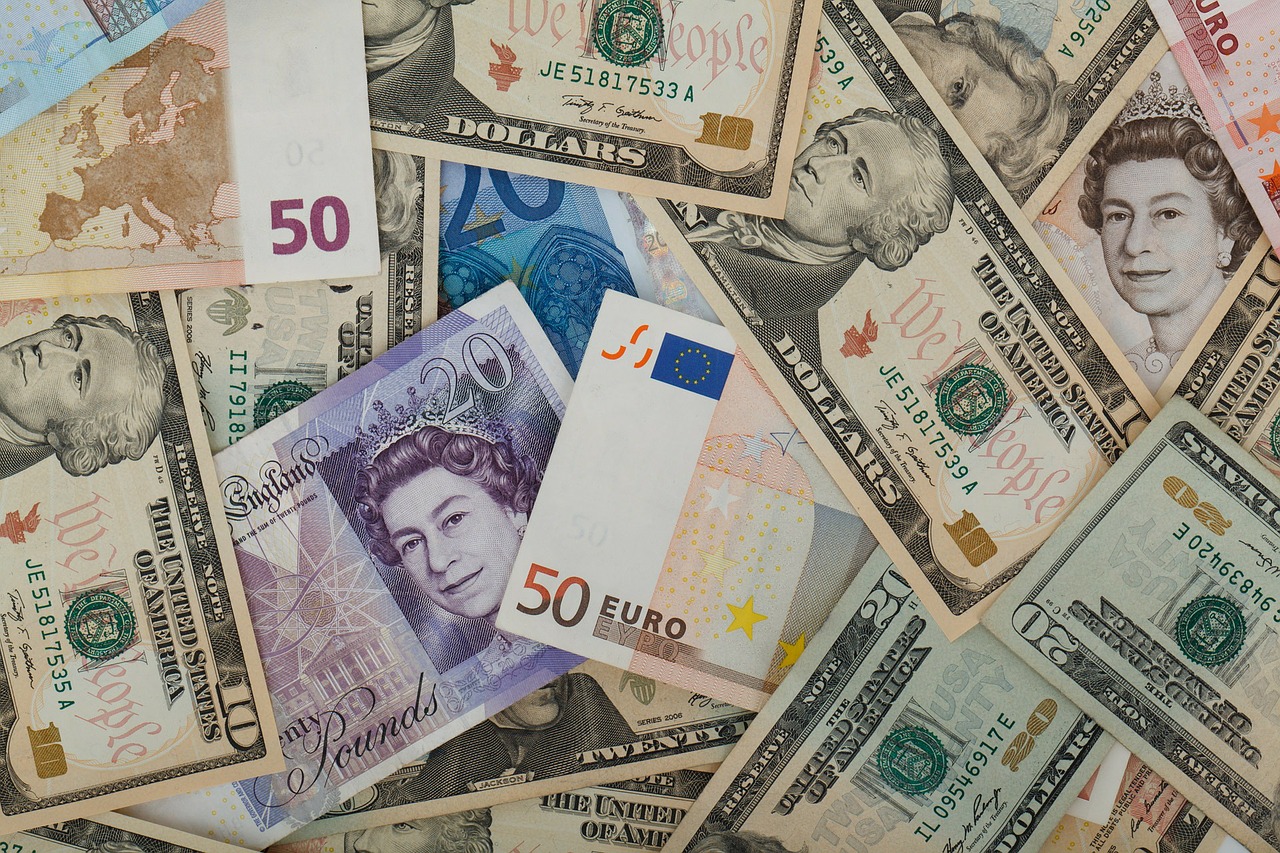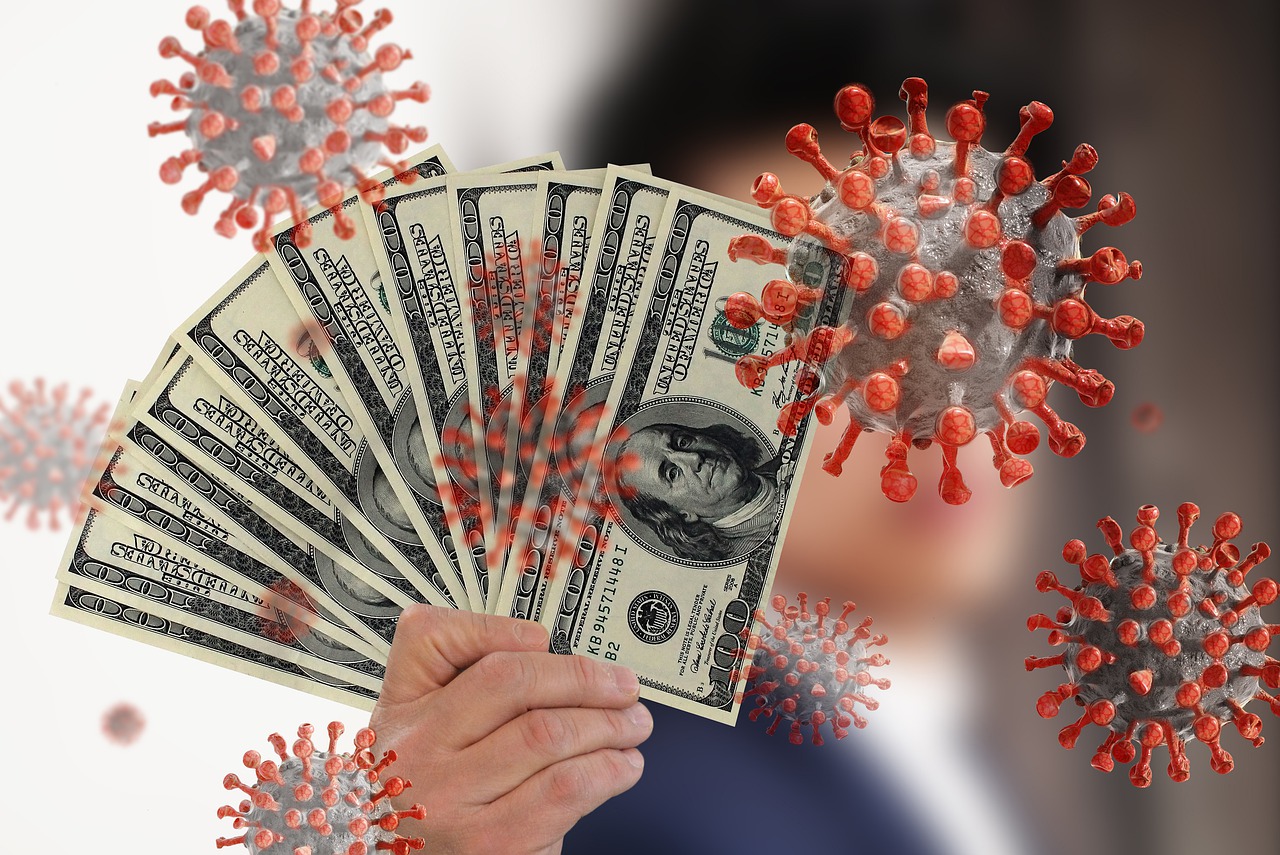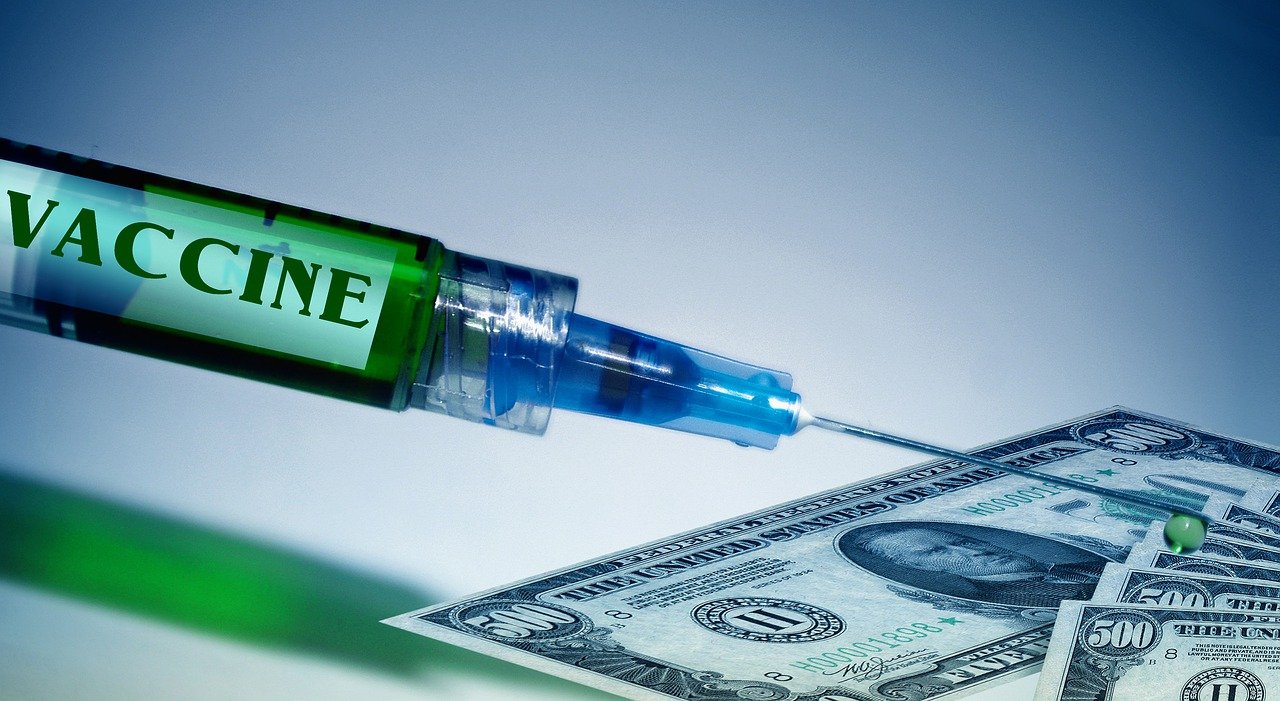Dollar Surges after Two-and-a-half-year Lows as Risky Currencies Retreat

On Wednesday, the US dollar climbed from a two-and-a-half-year low, as investors were assessing the possibility of further economic stimulus in the United States, while a press rally in riskier currencies slowed down. Some gains for the Chinese yuan were erased after it was reported by the New York Times that US President-elect Joe Biden wasn’t going to immediately move to remove the Phase 1 trade agreement that had been signed with China by President Donald Trump. The dollar index climbed against a basket of major currencies by 0.2% to reach 91.34, which was above the lowest level that it had hit overnight since late April 2018.
For the first time after the presidential elections on November 3rd, Nancy Pelosi, the House of Representatives Speaker, and US Treasury Secretary Steve Mnuchin held stimulus talks. Coronavirus relief measures of $908 billion were proposed by a bipartisan group of House members and senators. Later in the day, investors will be keeping an eye out on the unemployment rate in the European Union and the ADP national employment data in the United States. Analysts said that the ADP employment data was the only standout in the calendar for the US today, which should give some direction to market expectations ahead of payrolls on Friday.
Nonetheless, analysts said that the data was second to stimulus and vaccine news. As far as stimulus is concerned, markets may opt to have an upbeat stance because bipartisan talks have resumed, which would reinforce the bearish argument for the dollar and provide additional support to riskier assets. In London, in early trading, the euro reached $1.2088, which was a high for this year against the greenback. This is the highest it has been since April 2018. A meeting of the European Central Bank (ECB) is scheduled for next week.
According to analysts, there could be pressure on the euro as investors are worried that the ECB will take action for curbing the rapid rise. Analysts claimed that there were two reasons for the euro/dollar pair to struggle; the possibility that interest rates would be cut by the ECB in next week’s meeting and speculative positioning profit-taking. The deputy governor for the Bank of Japan signaled that the central bank was prepared to extend their pandemic-response programs and stated that they would take further easing steps without hesitation. The dollar climbed by 0.3% against the Japanese yen to reach 104.55.
The British currency, on the other hand, declined after headlines that the post-Brexit deal with the European Union is still hanging in the balance. On Wednesday, 27 national envoys were informed by the EU’s Brexit negotiator that there were still differences in UK trade talks. The pound had last been trading at $1.3354, which is a decline of half a percent. There were some gains in the Australian dollar, as the risk-sensitive currency, as data indicated that the country’s economy had rebounded higher than expectations in the third quarter. The New Zealand dollar was also trading near two-and-a-half-year highs.


